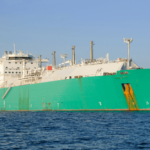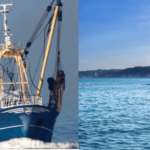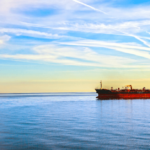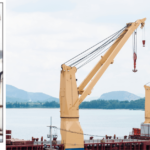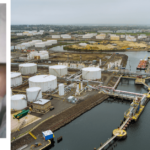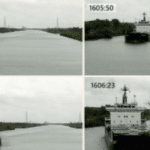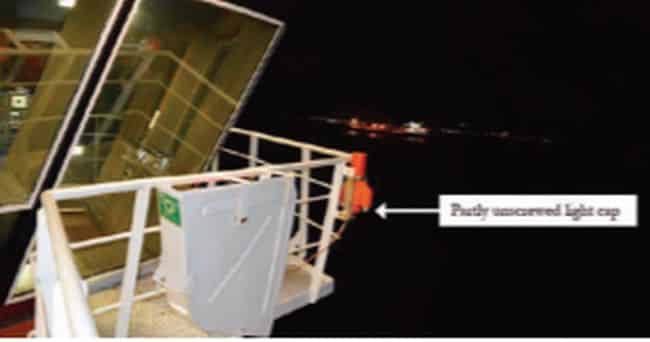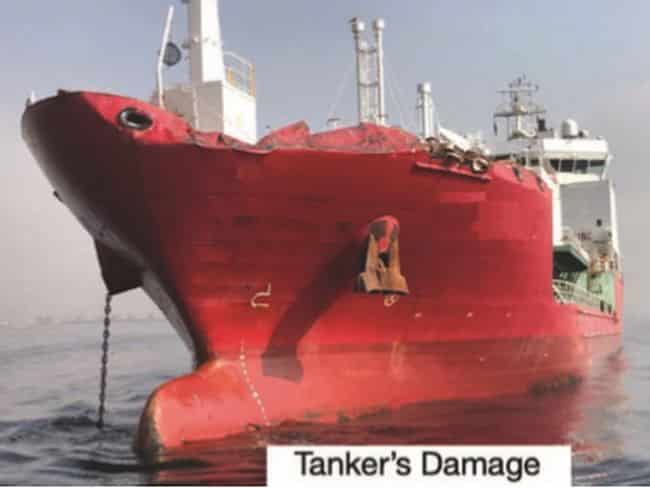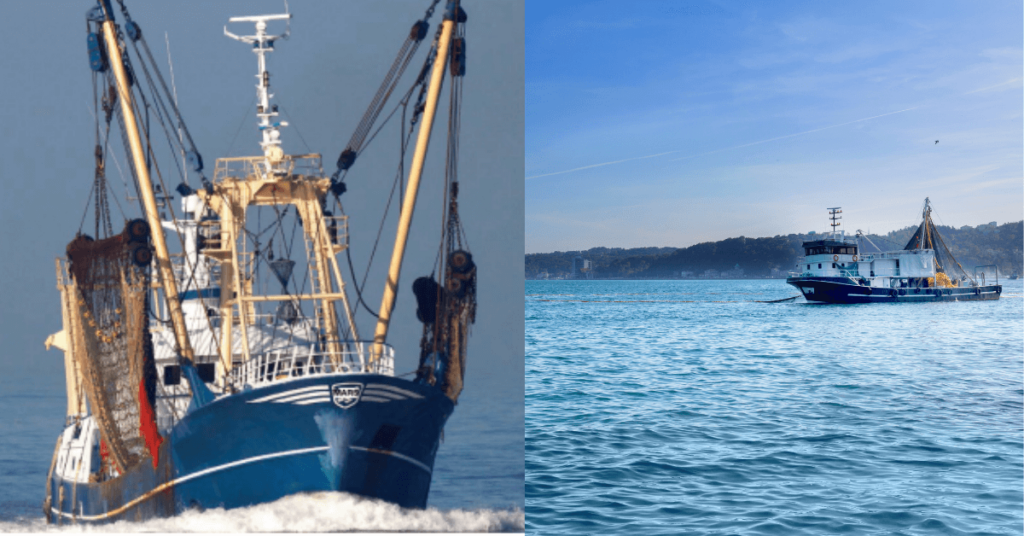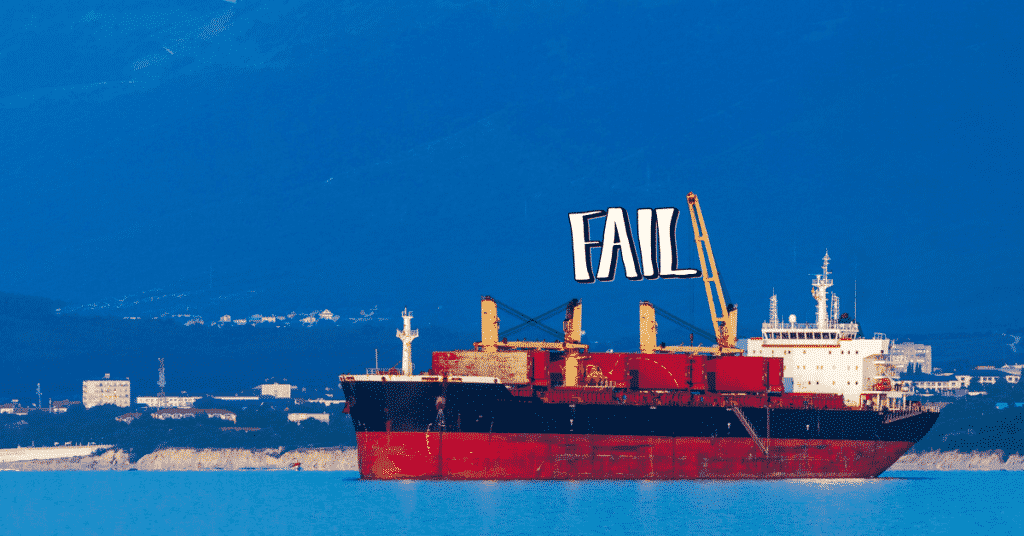Real Life Incident: Heavy Seas Causes Fatality and Grave Injuries On Cargo Ship
A loaded bulk carrier departed on an eastbound Atlantic crossing in winter. Four days into the voyage and with the weather deteriorating, heavy seas were coming on board.
The Master required that the Spurling pipes be secured with cement, so the bosun and four crew members proceeded forward for the task. The vessel’s speed was not reduced prior to the task nor was the safety management manual consulted. No toolbox meeting was held before the crew went forward.
As the men were working at the Spurling pipes, the ship encountered a large wave that broke over the bow and violently washed the men off their feet, dashing them into the ship’s structure. One crew member suffered a serious head wound and the bosun was incapacitated. The victims were assisted back to the accommodation where the victim with the head wound was attended to. He was placed in the ship’s hospital but quickly lapsed into unconsciousness and was placed on oxygen.
The Master diverted to the nearest port, which was 24 hours away. On arrival, the victim was rushed to the hospital but was declared deceased on arrival. The bosun, whose mobility was seriously impaired, was repatriated, as were the other three crew lesser injuries.
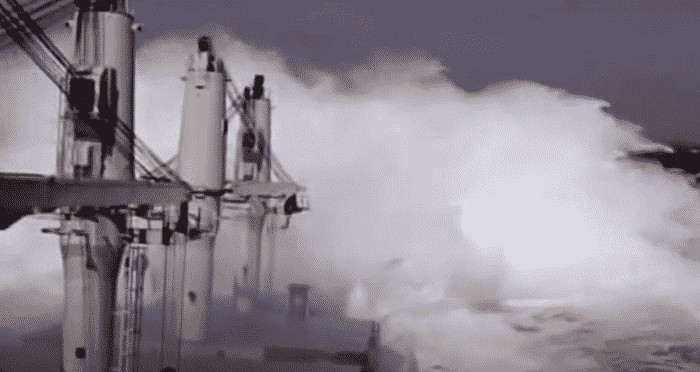
Port state control officers boarded the ship and took statements from the Master and some crew members. The safety management manual did not contain a ‘Going on deck during bad weather’ checklist, which was nonetheless a moot point because the SMS was not even consulted before the task.
Lessons learned
- The time-honoured practices of ‘Securing for sea’ should be observed, particularly when embarking on an ocean crossing in winter. One of the best practices in this endeavour is ensuring the spurling pipe covers are placed, secured and cemented prior to departure.
- Safety management manuals should contain guidance for all known risks and should be consulted as a matter of course – but so too should common sense be used before undertaking tasks. Slowing the ship and changing course so waves are not breaking over the bow where the crew are working seems an obvious course of action, but was not taken in this instance.
- A toolbox meeting, held before a potentially hazardous operation is undertaken, can help reduce risks through input received from all team members taking part.
Do you have info to share with us ? Suggest a correction
About Author
Marine Insight News Network is a premier source for up-to-date, comprehensive, and insightful coverage of the maritime industry. Dedicated to offering the latest news, trends, and analyses in shipping, marine technology, regulations, and global maritime affairs, Marine Insight News Network prides itself on delivering accurate, engaging, and relevant information.

About Author
Marine Insight News Network is a premier source for up-to-date, comprehensive, and insightful coverage of the maritime industry. Dedicated to offering the latest news, trends, and analyses in shipping, marine technology, regulations, and global maritime affairs, Marine Insight News Network prides itself on delivering accurate, engaging, and relevant information.
- Real Life Incidents: Near Miss In Open Water And Good Visibility
- Real Life Incident: Poor Situational Awareness Leads to Collision
- Real Life Incident: Monkey’s Fist Knocks on Office Window
- Real Life Incident: Paint Storage Slip-Up On Ship
- Real Life Incident: Checklist Mentality Is A Burning Problem
- Real Life Incident: Vessel Speed Exacerbates Bank Suction
Latest Case studies Articles You Would Like:
Subscribe To Our Newsletters
By subscribing, you agree to our Privacy Policy and may receive occasional deal communications; you can unsubscribe anytime.




